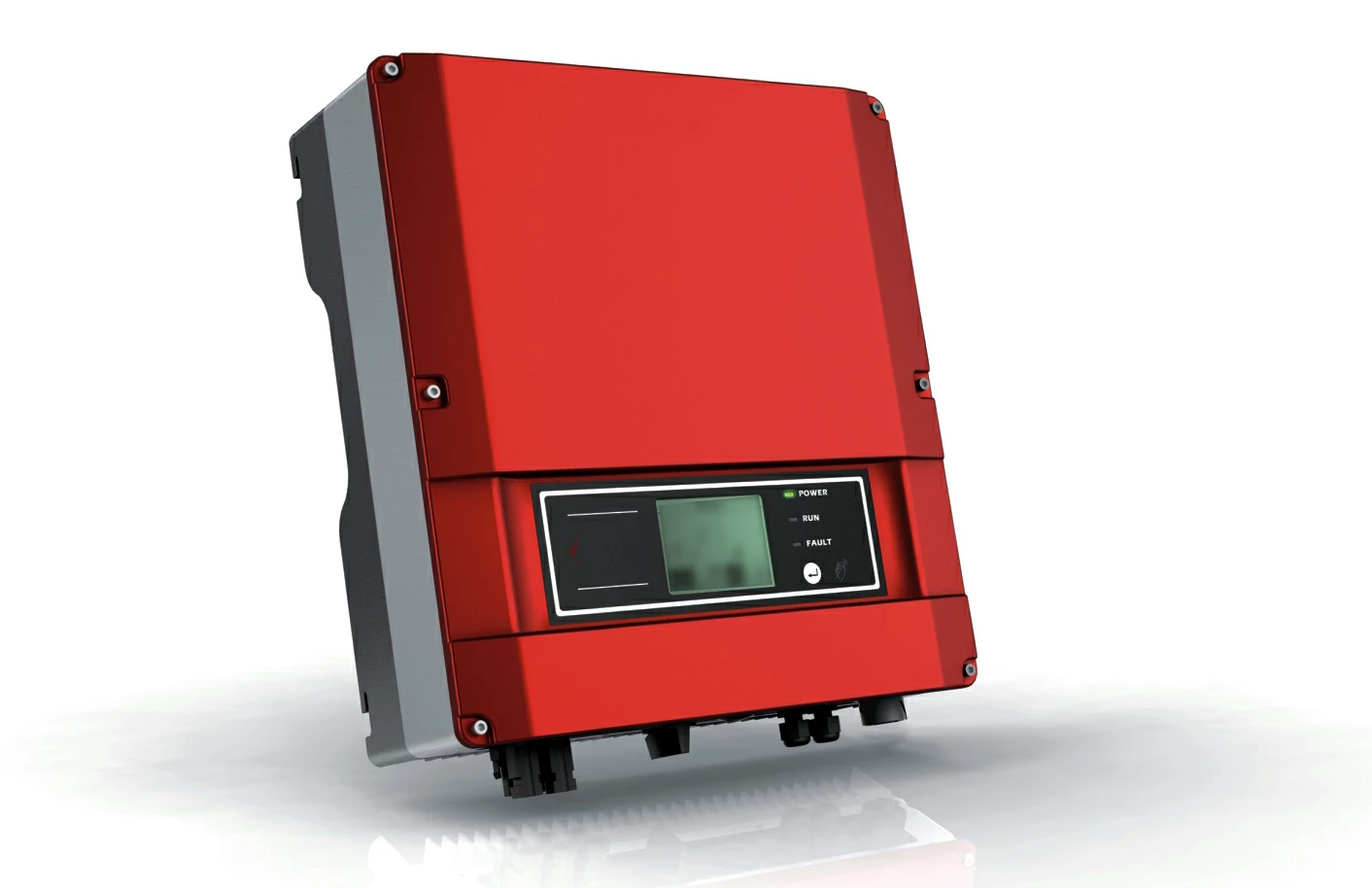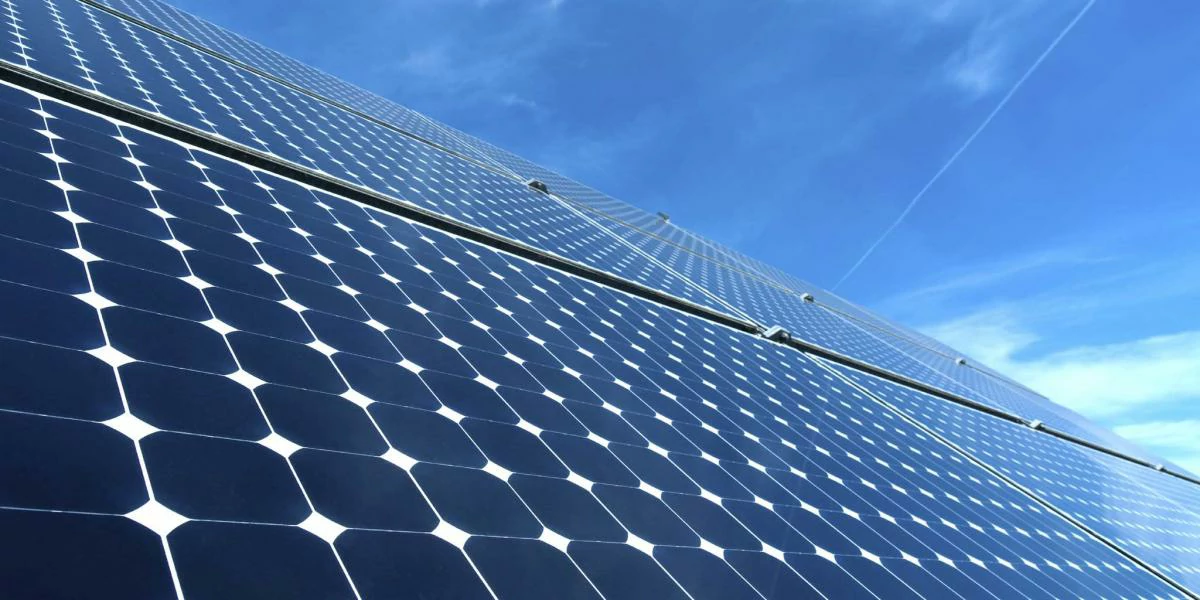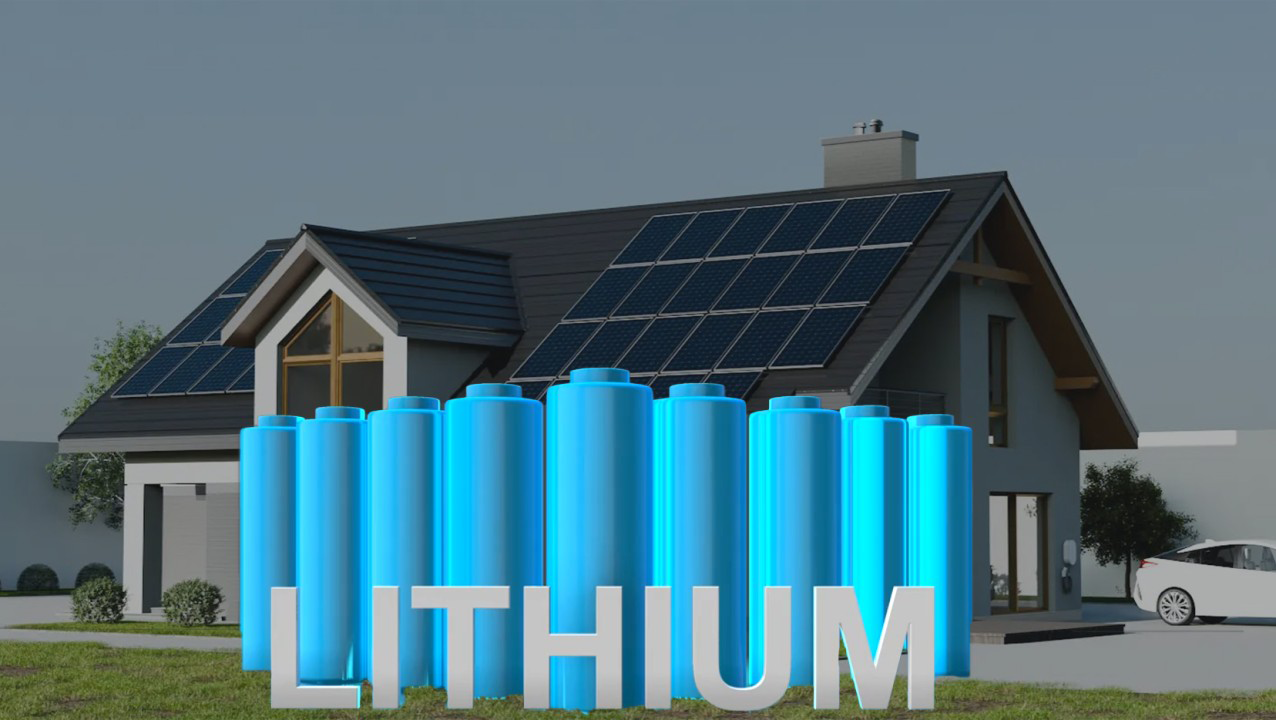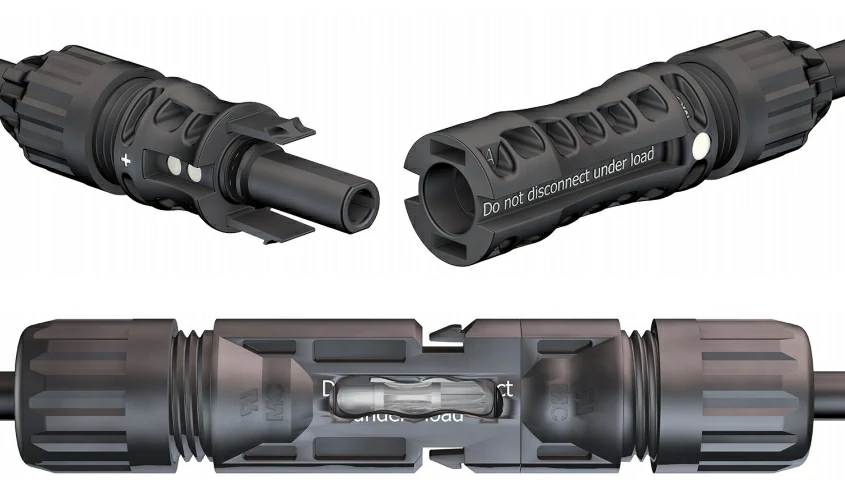Solar controller Solar controller is the key equipment used to...
Battery piece
Solar modules are the key equipment that converts sunlight into electricity, and the battery is the core part of the solar module. They not only determine the energy conversion efficiency of the module, but also affect the economy and sustainable development of the entire solar system. This paper will discuss the cell in solar module, including its principle, type, manufacturing process and application.
the basic principle of the battery
The basic principle of solar cells is the photoelectric effect. When photons (particles of sunlight) hit the surface of the cell, they interact with electrons in the semiconductor material, creating electron-hole pairs. These electrons move in response to an electric field, creating an electric current that converts solar energy into electricity. This process can be summarized in the following steps:
Light absorption: Sunlight enters through the top of the cell, and the silicon material absorbs light energy.
Electron excitation: Photons excite electrons, causing them to jump from the valence band to the conduction band, forming free electrons and holes.
Electron flow: Due to the electric field inside the cell, electrons are driven to flow to the external circuit, forming direct current (DC).
Current output: Through an external circuit connection, the current can be directed to the load or storage device.
common types of solar cells
Single crystal silicon cell
Features: Made of high-purity monocrystalline silicon, with high photoelectric conversion efficiency (usually between 15%-22%) and long service life.
Advantages: High efficiency, long service life, suitable for space-constrained applications.
Disadvantages: Higher manufacturing costs.
Polycrystalline silicon cells
Features: Composed of multiple silicon crystals, photoelectric conversion efficiency is relatively low (usually between 13%-18%).
Advantages: The production process is relatively simple, the cost is low, suitable for large-scale production and installation.
Disadvantages: low efficiency, compared with monocrystalline silicon, the area utilization rate is not high.
Thin film cell
Features: Made of amorphous silicon, cadmium telluride (CdTe) or copper indium gallium selenide (CIGS) and other materials, the thickness is only a fraction of the traditional battery.
Advantages: lightweight and flexible, suitable for curved or irregular shape applications, low manufacturing costs.
Disadvantages: The efficiency is generally low (usually between 10% and 12%), and the service life is short.
High efficiency battery technology
Features: including perovskite batteries, heterojunction batteries and other emerging technologies, with high photoelectric conversion efficiency and potential development prospects.
Advantages: Innovative design that makes it possible to achieve greater efficiency and lower costs.
Disadvantages: Large-scale commercial applications have yet to be broken through and verified.
the manufacturing process
The manufacturing process of solar cells usually includes the following steps:
Silicon extraction and purification: Silicon is extracted from quartz sand and refined with high purity to form single crystal or polycrystalline silicon.
Cutting and cleaning: Silicon ingots are cut into sheets and cleaned to remove surface dirt.
Doping treatment: Changing the conductance of silicon by incorporating other elements, such as phosphorus and boron, to form N-type and P-type regions.
Surface treatment: anti-reflective coating treatment, improve the absorption of light.
Electrode deposition: Metal electrodes are deposited on the surface of the battery to draw an electric current.
Module assembly: Multiple cells are combined into a complete solar module and packaged and tested.
the application of battery
Solar cells have a wide range of applications in many fields:
Residential and commercial photovoltaic systems: Installed on top of buildings or walls to provide renewable electricity to homes and businesses.
Large photovoltaic power plants: A large number of solar modules are installed on a vast area of land for centralized power generation and transmission to the grid.
Portable devices: such as solar chargers, backpacks, etc., convert solar energy into electricity to power consumer electronics.
Transportation: such as solar cars and boats to provide clean energy for transportation.
Summary
Solar cells are the key components of solar modules, and their performance directly affects the overall efficiency and economy of solar power generation systems. With the continuous progress of technology, the types and applications of battery cells will be more diversified, contributing more to the sustainable development of renewable energy. In the future, technological innovations in batteries will help transform the global energy structure and promote a cleaner and greener energy future.

Home energy storage product series
A lithium battery pack for home energy storage systems, which is compatible with solar panels and the sun The inverter can work together with the power grid to power household appliances, and it can also be used as a For off grid systems.
Extended reading
LiFePo4 home energy storage battery
A highly integrated backup power solution for solar home energy...
THE ESSC Brand promise
Global supply
Our products sell well all over the world, covering many countries and regions, through the global logistics network, to provide customers with convenient purchasing experience.
Rigorous quality
We adhere to the highest quality control standards to ensure every product meets industry regulations and customer expectations, earning trust through consistent excellence.
Excellent service
With a customer-centric approach, we provide prompt responses, professional support, and personalized services, aiming to deliver the best user experience and long-term value.





